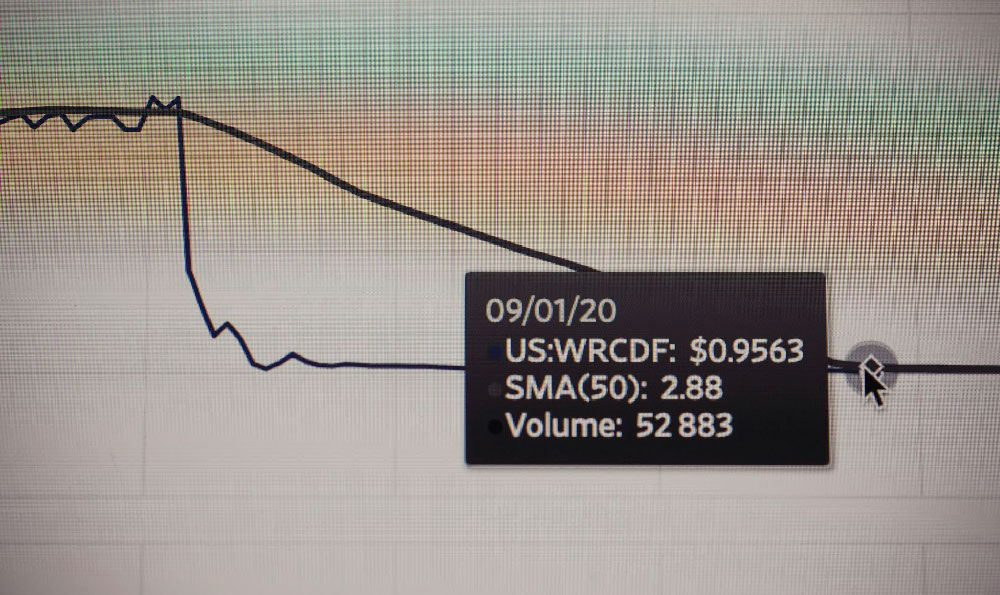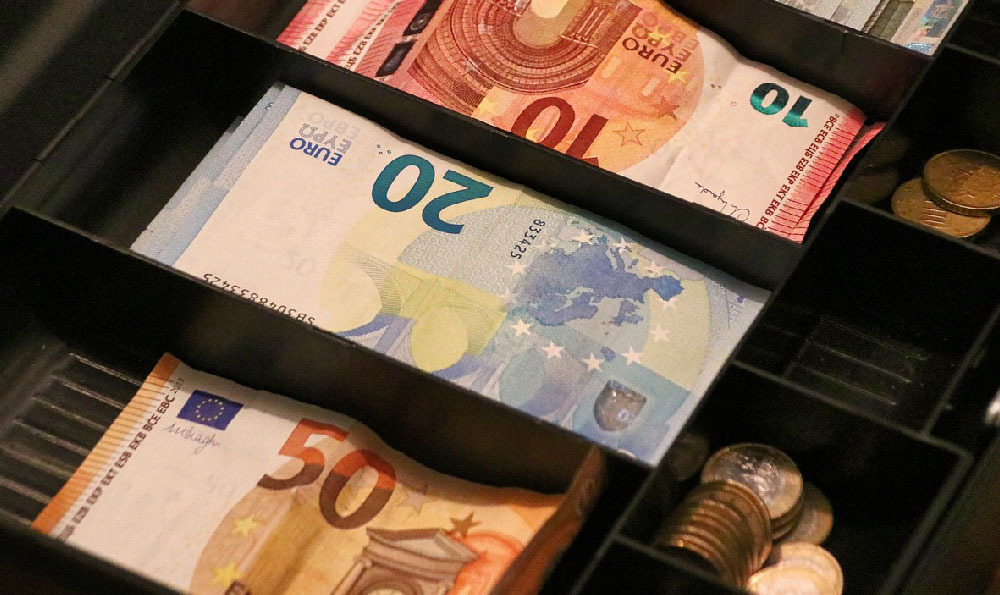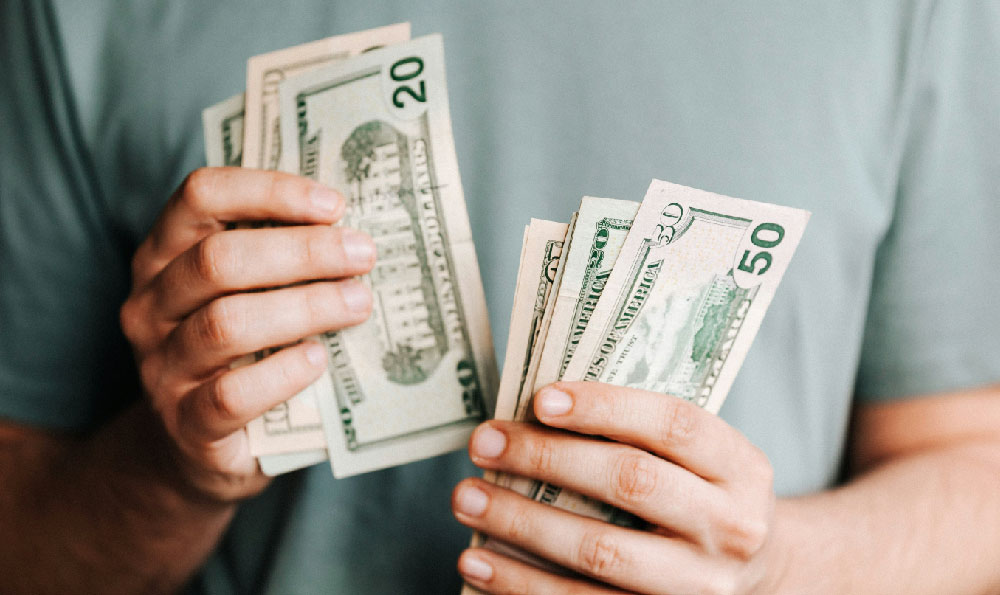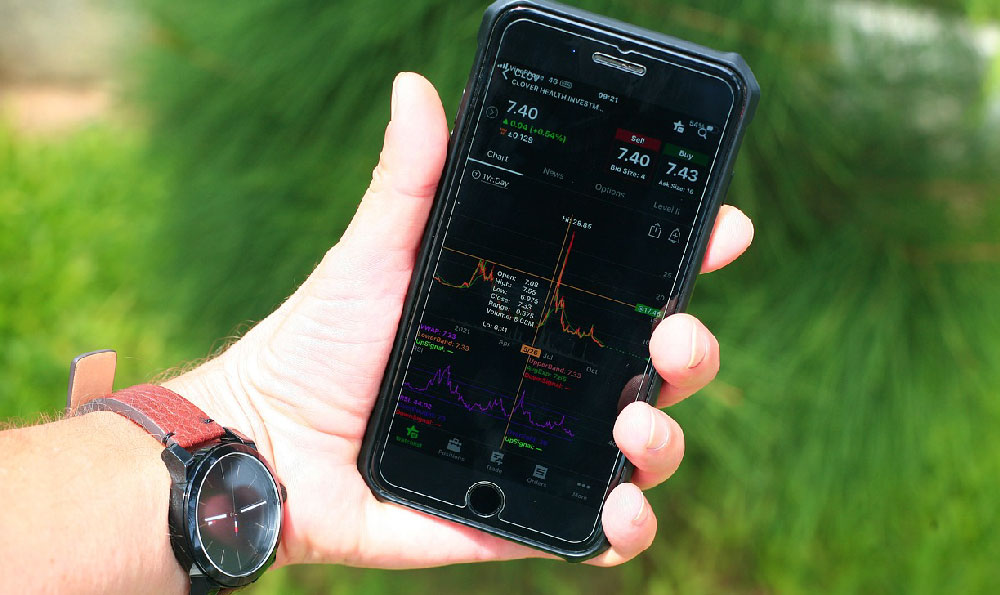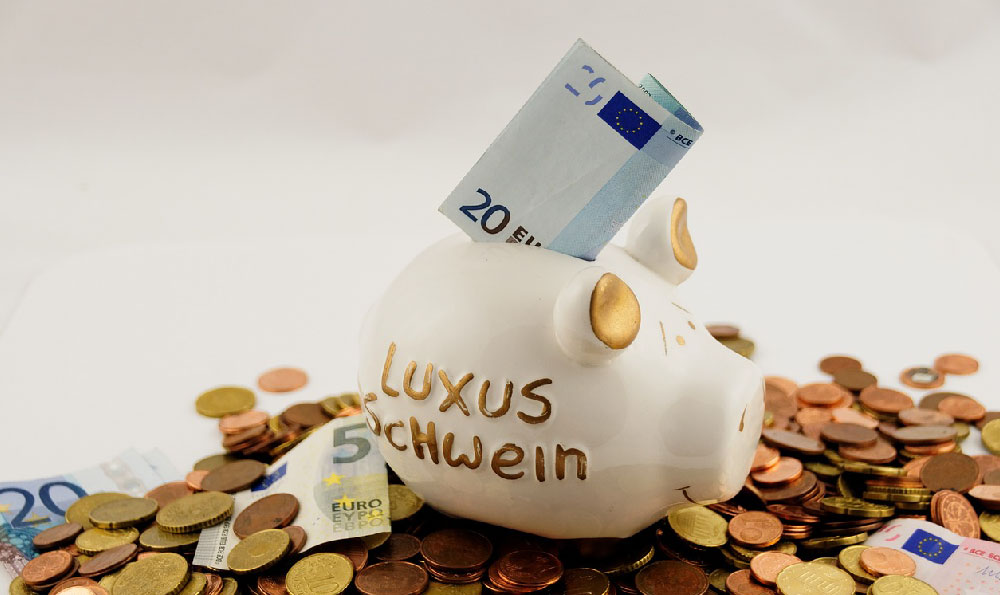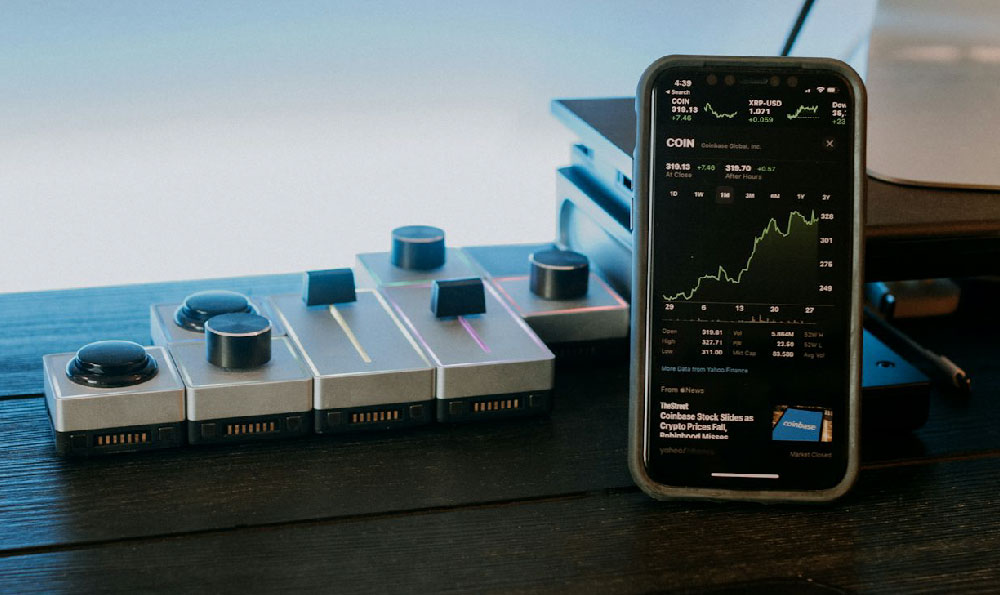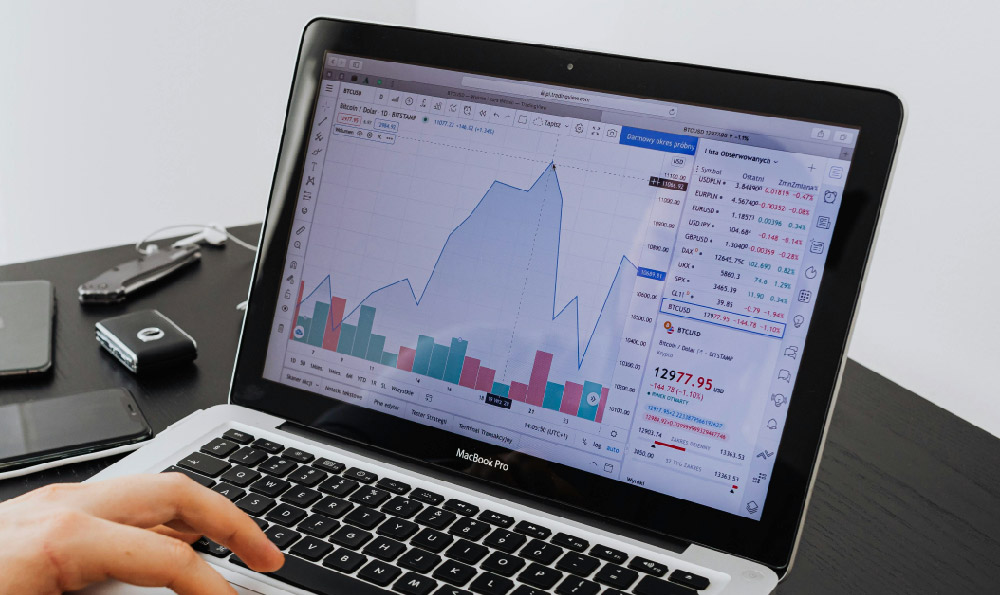How to Make a Money Box: What are the Steps and Materials Needed?

Crafting a personalized money box is a rewarding activity that blends creativity with practicality. It's more than just a container for loose change; it's a tangible symbol of savings goals, financial discipline, and even artistic expression. Whether you're aiming to cultivate responsible money habits in children or simply seeking a unique way to store your savings, building your own money box is a fulfilling endeavor. Before embarking on this project, understanding the necessary steps and materials is crucial for a successful outcome.
The first pivotal step is deciding on the design and functionality of your money box. This stage involves brainstorming ideas and visualizing the final product. Consider the size, shape, and intended use of the money box. Will it be a simple rectangular box, a whimsical animal shape, or a miniature version of a dream house? The design will influence the materials needed and the complexity of the construction process. Also, think about the type of coins or bills you intend to store. A money box designed primarily for coins may require a smaller slot than one intended for holding folded bills. Incorporating a lid or a removable bottom can provide easy access to the savings when needed. Early planning ensures that the final money box meets your specific requirements and aesthetic preferences.
Once you have a clear design in mind, it's time to gather the necessary materials. The choice of materials depends largely on the desired aesthetic, durability, and construction skills. Cardboard is a readily available and cost-effective option, ideal for simple, lightweight money boxes. Recycled cardboard boxes can be repurposed, making this an environmentally friendly choice. However, cardboard money boxes are less durable and may not withstand heavy use. Wood offers greater durability and a more polished look. Scrap wood pieces, plywood, or even wooden craft boxes can be used to create sturdy and attractive money boxes. Wood requires tools like saws, hammers, and sandpaper for shaping and assembly. Plastic containers, such as empty jars or tubs, are another convenient option. These are generally waterproof and easy to decorate. However, they may lack the visual appeal of wood or the personalized touch of a handmade cardboard box. Glass jars offer visibility of the accumulating savings but are prone to breakage and should be handled with care.
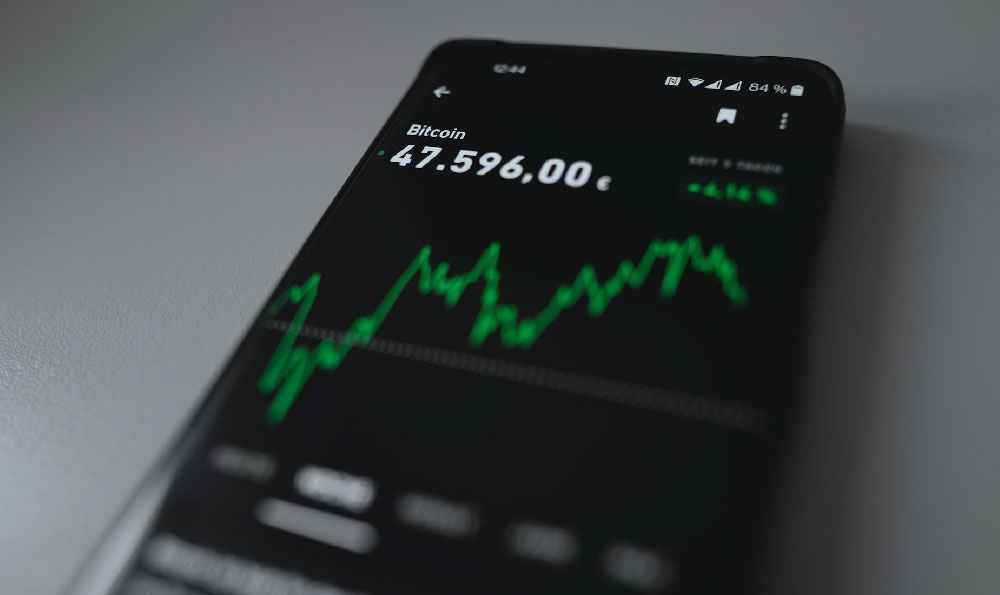
Besides the primary material for the box itself, you'll need tools and decorative items. For cardboard money boxes, essential tools include scissors or a craft knife, a ruler, a pencil, and glue or tape. If working with wood, you'll need a saw, sandpaper, nails or screws, and a hammer or screwdriver. Paint, markers, stickers, glitter, and decorative paper can be used to personalize the money box. Consider using non-toxic materials, especially if children will be involved in the crafting process. A cutting mat can protect your work surface from scratches and cuts. Safety glasses are recommended when using power tools. Having all the necessary materials readily available streamlines the construction process and minimizes interruptions.
With the design finalized and the materials gathered, the next step is to construct the money box. If using cardboard, start by drawing the outline of the box pieces on the cardboard sheet. Use a ruler to ensure accurate measurements and straight lines. Carefully cut out the pieces using scissors or a craft knife. Fold the cardboard along the marked lines to create the box shape. Secure the edges with glue or tape, ensuring a strong and seamless bond. For a wooden money box, cut the wood pieces to the desired dimensions using a saw. Sand the edges to smooth them and prevent splinters. Assemble the box using nails or screws, ensuring a secure and stable structure. If using a plastic or glass container, simply clean it thoroughly and prepare it for decoration.
Once the basic structure is complete, it's time to create the coin slot. The size and placement of the slot are crucial for functionality. For cardboard and wooden money boxes, use a craft knife or saw to carefully cut a slot on the top of the box. Ensure the slot is wide enough to accommodate the largest coin you intend to save. A slot that is too narrow will be frustrating to use, while one that is too wide may allow coins to fall out easily. For plastic or glass containers, you can either cut a slot in the lid or use a pre-made lid with a built-in slot. Ensure the edges of the slot are smooth and free from sharp edges to prevent injuries.
The final and arguably most enjoyable step is decorating the money box. This is where you can unleash your creativity and personalize the money box to reflect your individual style and savings goals. Use paint, markers, stickers, glitter, and decorative paper to transform the plain box into a unique work of art. Consider adding inspirational quotes, images of your savings goals, or personalized messages to motivate yourself. If the money box is intended for a child, involve them in the decorating process to foster a sense of ownership and responsibility. Seal the decorations with a layer of varnish or sealant to protect them from wear and tear. Allow the decorations to dry completely before using the money box.
Building a money box is more than just a craft project; it's an opportunity to cultivate financial literacy and instill positive savings habits. By involving children in the process, you can teach them the value of money, the importance of setting goals, and the satisfaction of saving for something they desire. A handmade money box becomes a tangible reminder of these lessons, encouraging them to make informed financial decisions throughout their lives. For adults, a personalized money box can serve as a visual reminder of their financial goals, motivating them to stay on track and achieve their dreams. The act of crafting the money box itself reinforces the commitment to saving and promotes a sense of accomplishment. Ultimately, a well-made and thoughtfully decorated money box is a valuable tool for promoting financial well-being and achieving long-term financial success.
